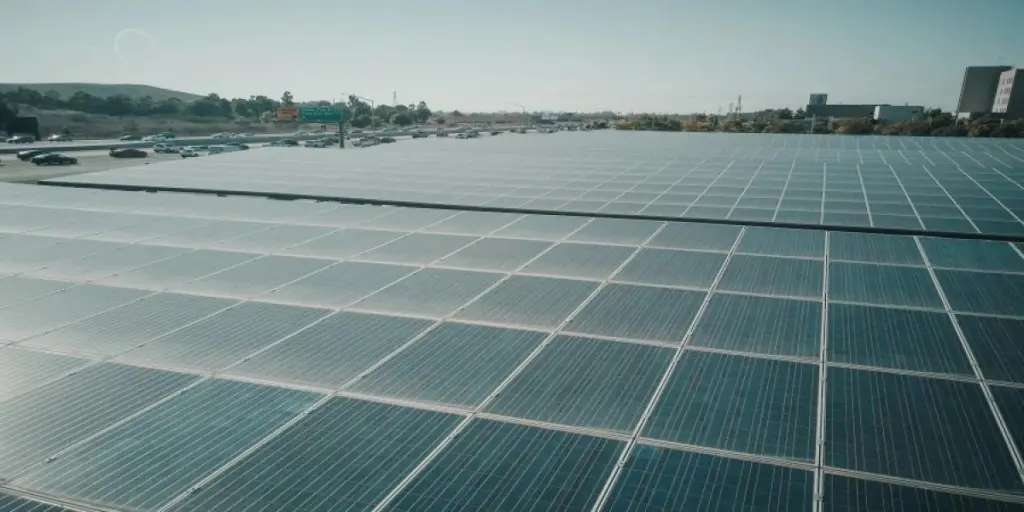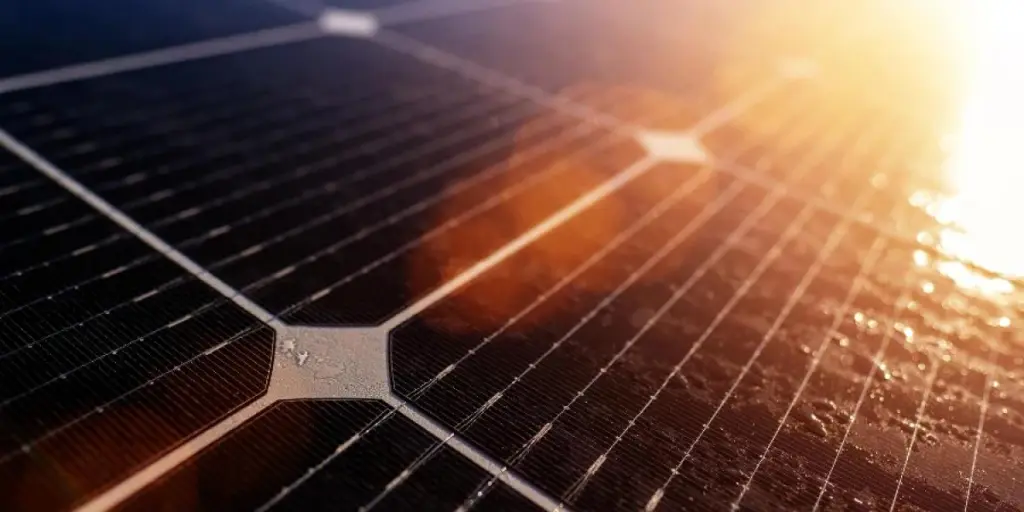- Researches at SUPSI suggest new procedure to assess impact resistance of BIPV multifunctional products
- Conducted under an EU project, BIPVBOOST, the research proposes a performance-based approach to overcome challenges that current product certification standards for BIPV products have in the EU
- With this, operators could profit from higher product quality and with a drop in life cycle costs, according to the authors
Referring to ‘unclear qualifications and certification processes’ for building integrated photovoltaics (BIPV) multifunctional products, a team of researchers at the University of Applied Sciences and Arts of Southern Switzerland (SUPSI), have proposed a new procedure to assess the impact resistance of these products, combining both PV and construction needs.
Conducted under BIPVBOOST, a European project funded by Horizon 2020 of the European Union (EU), the research work proposes a performance-based approach to overcome the challenges that current product certification standards for BIPV products have in the EU. The team believes their implementation will help operators with prospective normative upgrades, ensuring more outstanding product quality for BIPV’s market and driving towards a drop in life cycle costs.
The research work also focuses on a specific technical requirement – impact safety resistance – and outlines a proposal for addressing a proper performance assessment and validation scheme. It also concentrates on the integrity requirements for BIPV products after an external body impact on operating conditions.
As BIPV is progressively reaching an advanced level of technical maturity and considerable market penetration, on ‘the last kilometer for considerable market implementation, major challenges are today mostly related to improving cost-effectiveness and product reliability,’ according to the authors. In their paper they write, that ‘BIPV multifunctional products are still framed in complex and sometimes unclear qualification processes, in the grey area between electrotechnical and construction sectors, impacting commercialization and users’ confidence.’
Today, two standards, EN 50583 part 1 and part 2, represent the key regulatory framework for BIPV in Europe. But missing harmonization for product certification, in the construction and electrical sectors on both national and local levels result in ‘wide margins of interpretation’ and challenges.
In fact, today, product qualification in the European Union is based on electrical standards for PV modules or on standards for construction products. To overcome some of these barriers and challenges, the researchers suggest, “a newly developed procedure for testing the impact resistance of BIPV products, introducing a performance-based approach with the goal of combining building and electrical-related limit states and responding to the need for a harmonized assessment to ensure the product’s safety in use.”
The methodology and preliminary findings resulting from the application of real test cases, taking also into account the effect of temperature were presented and analysed by the authors in the research paper.
Speaking about the research paper, one of the authors, Pierluigi Bonomo, Head of BIPV team, SUPSI said in a LinkedIn post, “BIPV system and its construction parts should be designed, executed, and maintained in such a way that the product during its intended life will remain fit for the use for which it is required. Mechanical requirements of ‘safety and accessibility in use’ are among the essential characteristics for the products covered by the Construction Product Regulation (CPR) in EU. This paper introduces procedures for assessing Impact resistance of the cladding component, by combining the main criteria originated by the building standards with the essential characteristics for electrical safety.”
To read the research paper Impact resistance of BIPV systems: New testing procedure for performance assessment of multifunctional products, click here.
Source from Taiyang News
The information set forth above is provided by Taiyang News independently of Alibaba.com. Alibaba.com makes no representation and warranties as to the quality and reliability of the seller and products.




